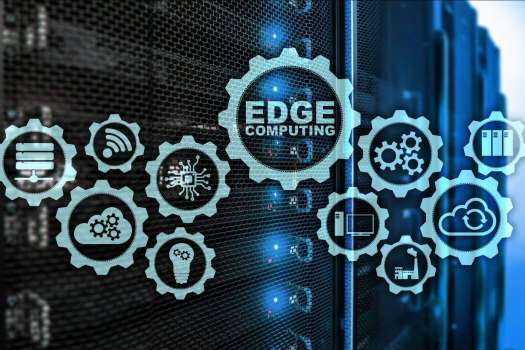The last part of the article "Successful edge computing"
Because they all have microprocessors, Ethernet ports and software, practically every sensor, instrument, I/O point, switch, gateway, PLC or server is getting simpler to use and maintain. However, even easier-to-use edge devices still require users to learn and understand how to apply them in individual process applications. Here are some basic steps for implementing effective edge computing:
- Strive to identify pain points and operations that could benefit from edge computing, even though potential opportunities may not be apparent in existing applications and networks;
- Recruit OT and IT staffs, who can show where edge computing might solve problems and improve production, and invite all stakeholders to develop a plan for migrating to edge devices and software;
- Draft edge program specifications based on requirements, such as application cycles, lags and turnaround periods, and required response times to determine how close to real-time an edge-computing solution will need to be, or if a cloud service would be sufficient;
- Determine what data should be handled by local/edge devices, where to retain it, and what should be reported to the cloud and administrative/business platforms, and on what schedule to deliver it;
- Research and decide which edge components and enabling devices will satisfy the edge project's requirements, such as where to locate computing functions, how to tie in legacy equipment, what Ethernet infrastructure and communication protocols to use, whether to employ wired or wireless, and linking to PLCs and servers;
- Evaluate and enable the most appropriate cybersecurity capabilities are each stage of the edge computing application and its network.
Author: Jim Montague
Successful edge computing: Part 1 - What and where is edge computing?
Successful edge computing: Part 2 - Edge computing thrives in increasingly capable, embedded servers
Successful edge computing: Part 3 - Edge computing provides flexibility for mobile applications

